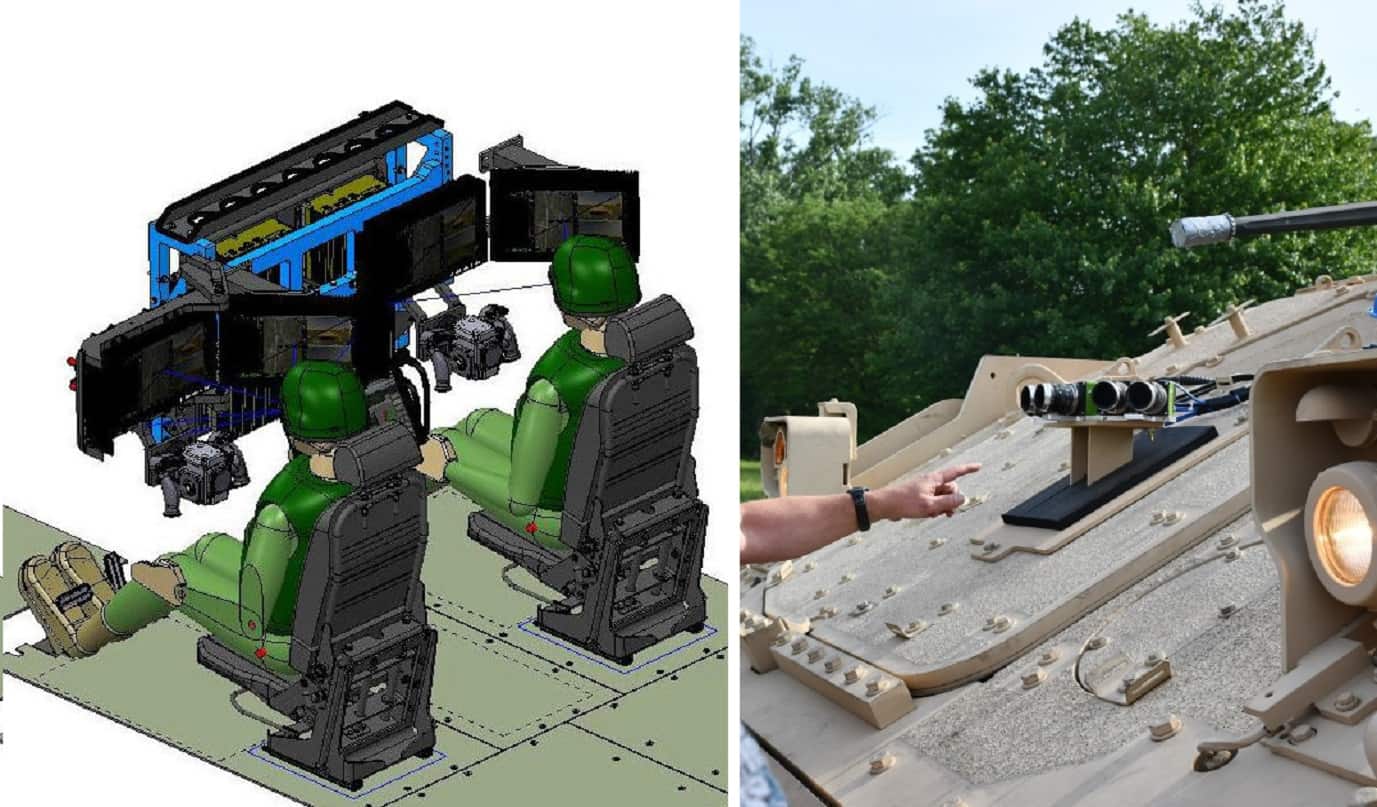What will U.S. Army combat vehicles look like in the future?
Developed in the 1980s, the Bradley Fighting Vehicle has been the mainstay of the U.S. Army over 35 years. It is a combat proven platform that still provides necessary survivability, mobility, and lethality and is an integral part of the U.S. Army’s Armored Brigade Combat Team (ABCT), but the Bradley is at its end of its service life.The Bradley ability to overmatch peer capabilities in close combat is starting to wane, fighting vehicle no longer has decisive overmatch in lethality and protection and has reached the limits of its growth capacity.
As the Army prepares for future combat operations, it needs new platforms, with future growth margins, to maintain the ability to dominate the battlefield. To this end, a long-term programme has been launched in the U.S. Army that was designated as Next Generation of Combat Vehicle, or NGCV.
The Next-Generation Combat Vehicle must exceed current capabilities while overmatching similar threat class systems. It must be optimized for dense urban areas while also defeating pacing threats on rural (open, semi-restricted and restricted) terrain and be characterized by the ability to spiral in advanced technologies as they mature.
NGCV is expected to provide ABCTs a mobile, purpose-built platform that will increase overall lethality, tactical mobility, strategic deployability and protection for Soldiers. It is also expected to reduce logistical demands on the Army.

No comments:
Post a Comment